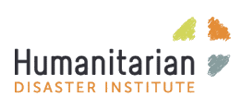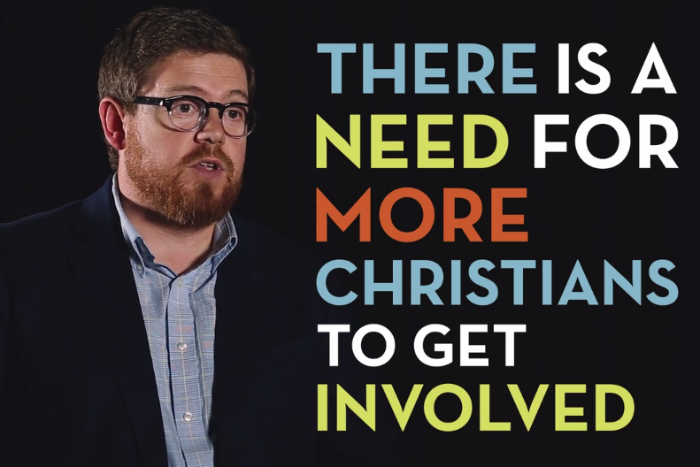Telling Stories Ethically
Why Ethical Storytelling?
Stories are a powerful way NGOs can connect with supporters and donors. That said, NGOs need to be intentional about collecting and sharing stories, especially when working with vulnerable populations. This tipsheet seeks to help nonprofit practitioners, storytellers, donors, and volunteers tell better, more dignifying stories.
Constituent
For this tip sheet, we refer to those sharing their own testimonies as “constituents.” We use constituent, which means being a part of the whole, to recognize the agency of the individual in the broader narrative.
Tips to Creating Ethical Stories

In Collecting
Deep consent
Deep consent means constituents are informed and understand what they are committing to. As the NGO, clearly communicate that saying “no” to sharing their story is an option. Let constituents know how their story will be used and shared and who the intended audience is. If possible, use a translator to minimize miscommunication and have an advocate present for the constituent (parent, friend, colleague, etc.)
Control over their story
Constituents have the ability to change their mind about sharing their story. They can request it be taken down/deleted at any time. Additionally, organizations can use a sunset policy (an expiration or renewal date for each consent form) that is incorporated into the consent form (More resources from Ethical Storytelling).
Collaboration — involve them in creating their story
When we collaborate with the constituent, we allow ourselves to listen to what they would like shared. We hold our outline loosely, preferring to involve the constituent by asking open questions and letting them guide the conversation to what they want to share.
Safety
Know the legal context, especially for NGOs working in foreign countries. The constituent’s safety must be considered in both the collecting of the story and their safety once the story is shared. Be aware of local laws and regulations about the use of information or photos.
Open mind
Do extra preparation and background work beforehand to interrogate personal and cultural assumptions you may have coming into the conversation, especially when working in contexts where racism, colonialism, imperialism, patriarchy, etc. have played a historically impactful role. Involve someone native to that context to test for issues and blind spots, or hire local storytellers for the production process.

In Crafting
Human-centered
At the heart of every powerful story is a person who deserves dignity and respect. Constituents must always be portrayed as a whole, not characterized by a stigma, stereotype, or misfortune for a “better” story.
Understanding roles
Every story is complex and nuanced. What has the constituent already been doing to improve their situation and advocate for the future? What role did the organization or donor play? Also, help the audience understand the surrounding context in order to avoid oversimplifying.
Ask, “What if it was me?”
If you hesitate to answer with a definitive “yes!” it is probably a sign that you need to reconsider or refrain from sharing. If we wouldn’t be proud to share this story about our mother/brother/daughter/ etc. then we shouldn’t share another’s.
Consider the impact
Once a story is out there, it is difficult to retrieve. By keeping the story honest, dignifying, and respectful, you’ll lend to a positive impact both for the constituent and the community.

In Delivering
Choosing a medium
Some mediums (i.e. social media, newsletters, in-person meetings) are more appropriate than others in sharing stories depending on the context. If the person is considered vulnerable (victims of violence, displacement, trafficking, abuse, persecution, etc.) special care must be taken to ensure the safety and dignity of the person in how they are publicly portrayed.
Involvement of the constituent
As storytellers, it’s important to remember that we are not “voices for the voiceless.” Everyone has a voice. Some are rarely heard. In sharing stories of marginalized people, recognize their agency and serve as a microphone, amplifying their hopes and dreams over your own interpretations. Know when to share the stage and empower others.
Responsibility
When someone entrusts us with their story, we have the responsibility to carry that story with respect. Tell the story truthfully and honestly, with dignity and respect, not embellishing or exploiting suffering for personal or institutional gain.
Download this tip sheet as a printable PDF file


